THIS ARTICLE WALKS YOU THROUGH THE BROWNFIELDS REDEVELOPMENT PLANNING PROCESS TO HELP YOU FIND YOUR OWN ROADMAP FOR SUCCESS AND WILL PREPARE YOU FOR WHAT TO EXPECT IF ENVIRONMENTAL ISSUES ARE DISCOVERED DURING THE PLANNING PROCESS.
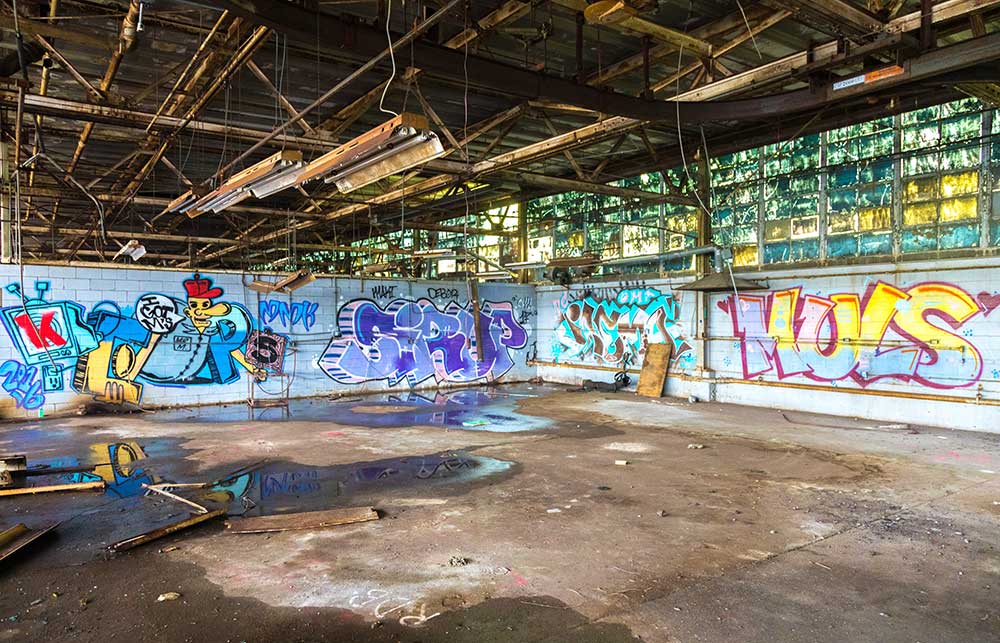
A successful Brownfields redevelopment project doesn’t just happen by chance – well-designed and strategic projects often take months if not years of planning and design. A Brownfields project also needs the right project team in place – secure the developer’s creativity, the municipality’s leverage, the community’s collaboration, and the property owner’s consent and you’re well on your way toward a flourishing Brownfields redevelopment project. Finally, beware of environmental liabilities that can often become roadblocks or even throw projects off-track entirely.
This article walks you through the Brownfields redevelopment planning process to help you find your own roadmap for success, and will prepare you for what to expect if environmental issues are discovered during the planning process.
KEY PLAYERS FOR BROWNFIELDS REDEVELOPMENT
Let’s start with understanding the Brownfields project’s key players.
Often called the “stakeholders” of the project, these are the individuals, companies, municipalities, and communities who rally together for the common cause of the project. Each stakeholder plays a different role and adds a unique perspective to the process.
Here’s a list of the key players, their roles, and how and when they fit into the redevelopment planning:
Property Owner
A property owner encompasses the term for the actual owner or the potential owner of the property being considered for redevelopment. The owner can be a public, private, municipal, not-for-profit, or (sometimes) an unknown entity. The property owner’s involvement from the first days of planning will help ensure a smooth redevelopment process.
 Local Government Agencies
Local Government Agencies
The local, regional, and state governing bodies have a vested interest in the redevelopment of a Brownfields property – bringing an underutilized property into use or back into reuse can provide them with a renewed tax base and a revitalized community. They can assist with securing local funding sources, loans, and tax credits to enhance the potential for the redevelopment project.

Economic Redevelopment Groups
Local and regional economic groups may be involved with Brownfields redevelopment projects from the first planning meeting. They can provide valuable guidance, grant funding assistance, and experience to help the project meet its goals. This group ultimately finds benefit from the creation or growth of jobs and other economic factors after a redevelopment project is completed.
 Community and Neighborhood Groups
Community and Neighborhood Groups
Community-based organizations play an important role in the redevelopment process of a Brownfields property. They serve as the voice of the community poised to gain from the project, and ultimately want to see the neighborhoods where they live and work thrive.
 Lenders and Financial Groups
Lenders and Financial Groups
Depending on the redevelopment plan, financing might need to be secured through private lenders or investment groups. These key players also want to see a successful project through to completion for community and financial reasons.
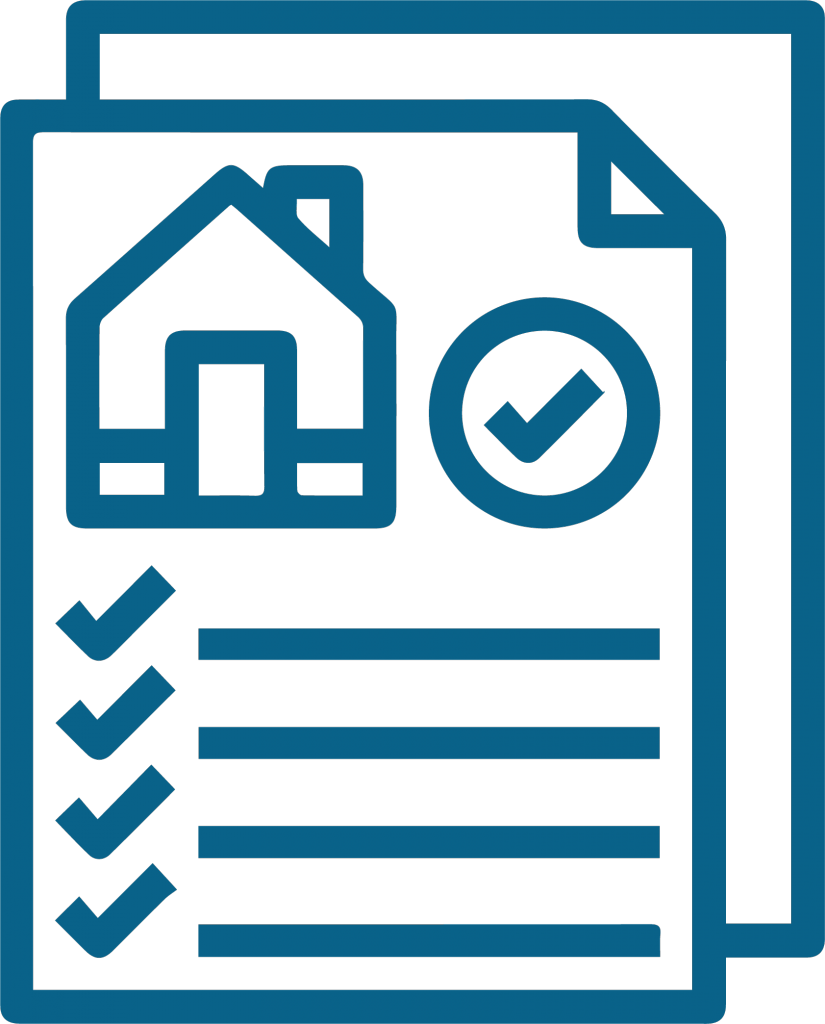 Developers
Developers
The developer often serves as the glue that can help generate and implement the vision for the project’s redevelopment plans. Developers work with the other project stakeholders from the project planning stages to ensure the final concept comes to fruition.
 Environmental Consultants
Environmental Consultants
An environmental consultant wears many hats during the Brownfields redevelopment process:
- Assisting the owner with their liability protection needs, also known as due diligence
- Identifying sources of financing
- Working with stakeholders to establish and implement an environmental clean up plan that serves the needs of future redevelopment
- Assisting with the owner’s continuing obligations once the project is complete
Bringing in an experienced environmental consultant at the beginning of your project can help prepare cities and communities and be a recipe for success.
Tip: Strong coordination between the key players is an important step in the success of a Brownfields redevelopment project.
Now that we have our key players defined, let’s get ready to hit the road toward a successful project!
PART 1: THE BROWNFIELDS PLANNING PROCESS / CHARTING A COURSE
There is not one recipe or redevelopment plan that will suit everyone’s or every project’s needs. There are however, a few fundamental steps in the Brownfields planning process that when paired with the right stakeholders and the right economic environment, projects can lead to productive outcomes for cities and communities.
Step 1: Vision to Develop Brownfields Site
The redevelopment planning process begins with a spark: a stakeholder sees the potential to turn a Brownfields project into a thriving property. This vision leads to a discussion and the engagement of various stakeholders, and before you know it, the process is ready to start. It is important at this beginning stage to establish the project framework: what are the property reuse goals, what are the zoning restrictions, can they be changed, and how will the project be received by the community? The answers to these framework questions will help guide the next steps of the process.
Step 2: The Review – Doing Your Due Diligence
The next step typically involves performing due diligence through Phase I and Phase II Environmental Site Assessments (ESAs) on the property to provide the stakeholders with valuable information regarding the current and historical environmental conditions and ownership status of the site. The ESA and additional investigations will help identify the presence and magnitude of environmental concerns, and if certain criteria are met, the ESA can ultimately be used to protect the owner and other stakeholders from liability associated with these environmental concerns.
Step 3: Financing – Funding Your Redevelopment Vision
The final and perhaps most important step in the planning process is locating and securing funding for the project. Typically, the planning and construction costs for a redevelopment project are anticipated and be secured from privately-funded or lender sources, but the costs for the cleanup of environmental contamination cannot be taken into account until after due diligence is completed.
Once the cleanup costs are established, a common way to partially pay for these environmental services needed to bring a Brownfields site back to life is through local, state, and federal grant and loan funding; however, even if a project is awarded a grant or loan, those funds come with restrictions and can run out before any meaningful progress is made towards revitalization of the property.
What’s typically missing from a Brownfields Funding Plan is an insurance archeology strategy. PolicyFind, a division of EnviroForensics, locates historical Commercial General Liability insurance policies as a funding source to ensure that the resources needed to complete the investigation and cleanup of a redevelopment project are sufficient and accessible.
Here’s what historical Commercial General Liability policies can be used to fund:
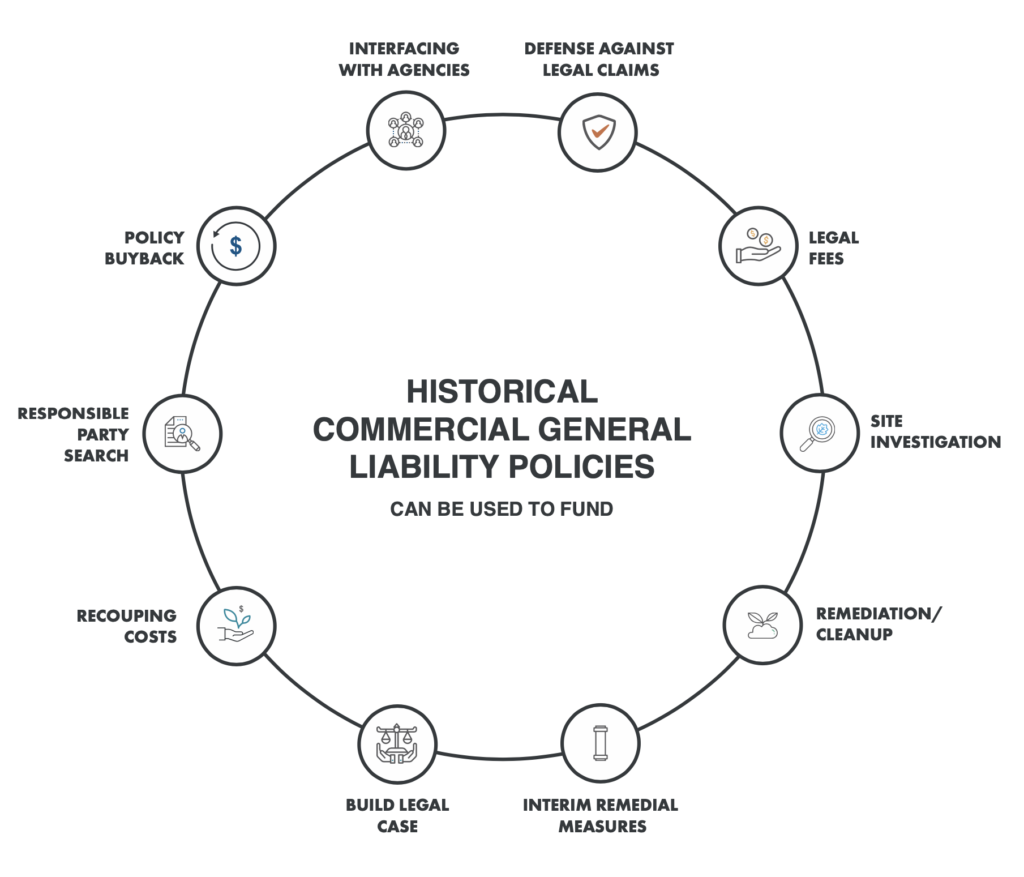
Insurance archeology can recover historical insurance coverage, which can pay for environmental investigation and remediation efforts, and legal counsel costs. Read more about how insurance archeology and CGL policies work.
Tip: Visit EnviroForensics’ insurance archeology services and fill out the form for more information.
PART 2: THE ENVIRONMENTAL CLEANUP AND REDEVELOPMENT PROCESS / THE JOURNEY BEGINS
Once the key components are assembled and the process has been reviewed by all stakeholders, it’s time to get underway.
Tip: It’s important that all environmental cleanup and construction activities are carefully planned as described above, and that all stakeholders are in agreement with the plan in the beginning and throughout the entire redevelopment process.
This process is very time-sensitive and delays may cause overall increases in redevelopment costs.
Step 1: The Environmental Cleanup
Typically during this phase of the project, the Brownfields property is prepared for redevelopment by implementing the selected environmental cleanup activity. Whether through traditional methods such as:
Soil Excavation
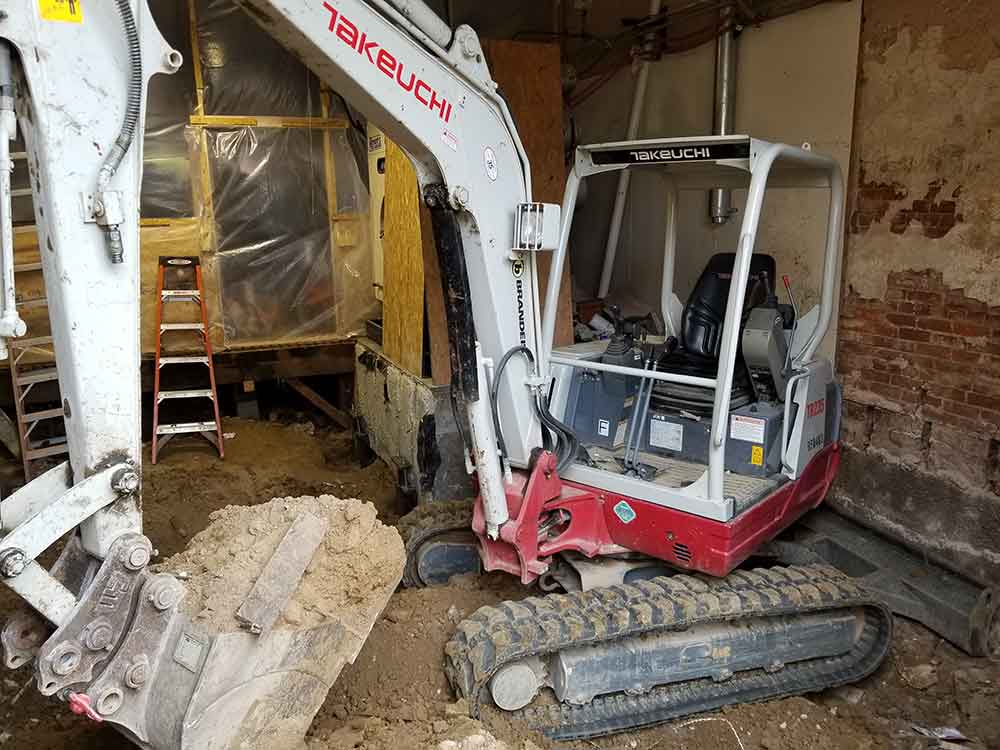
Engineered methods such as active soil and groundwater remediation systems
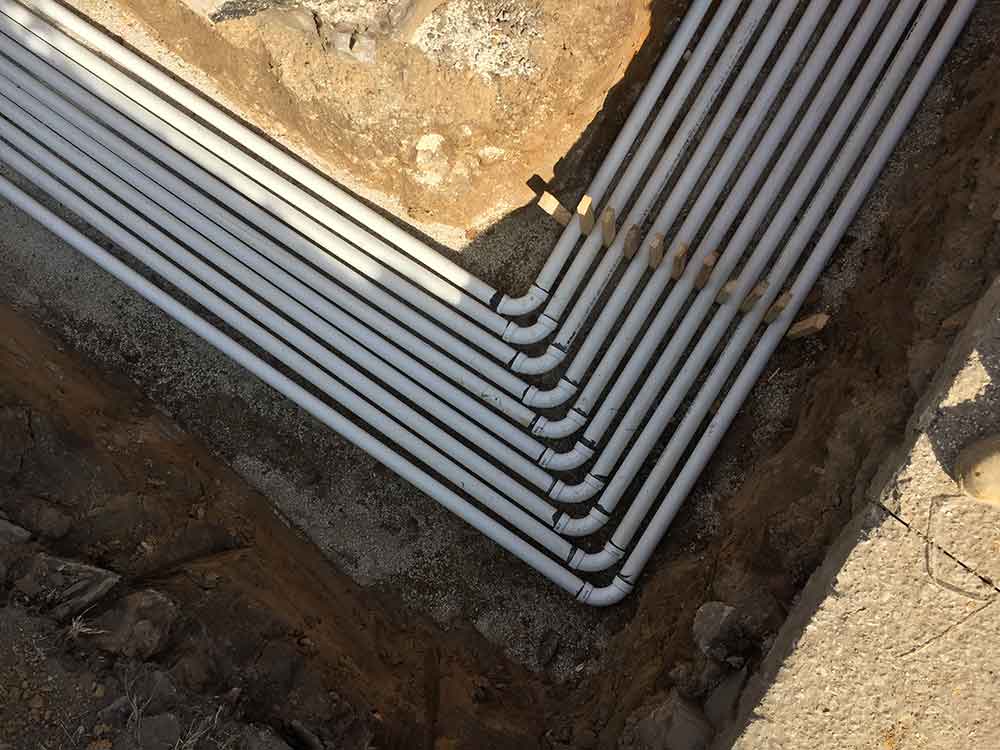
In-situ methods such as injection of microbes into the ground
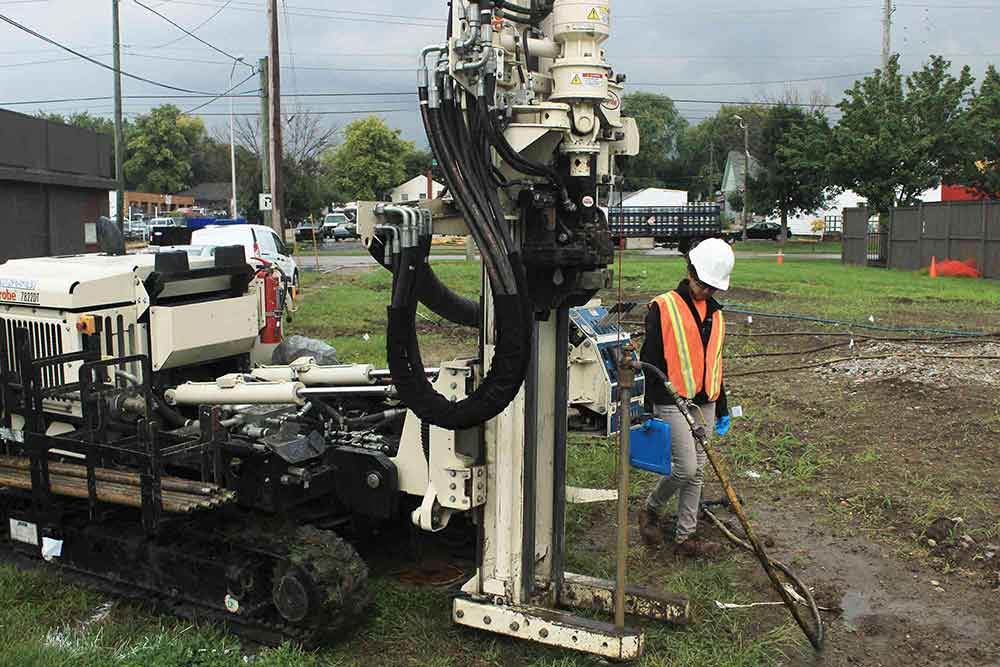
Institutional controls such as property use restrictions
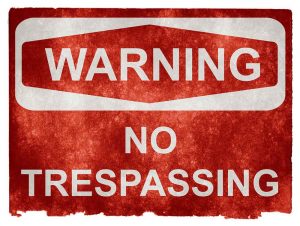
Innovative remediation design methods
Such as zero-valent iron the environmental contamination is removed or destroyed, or access to the contamination is limited to protect the future occupants of the property from exposure to it.
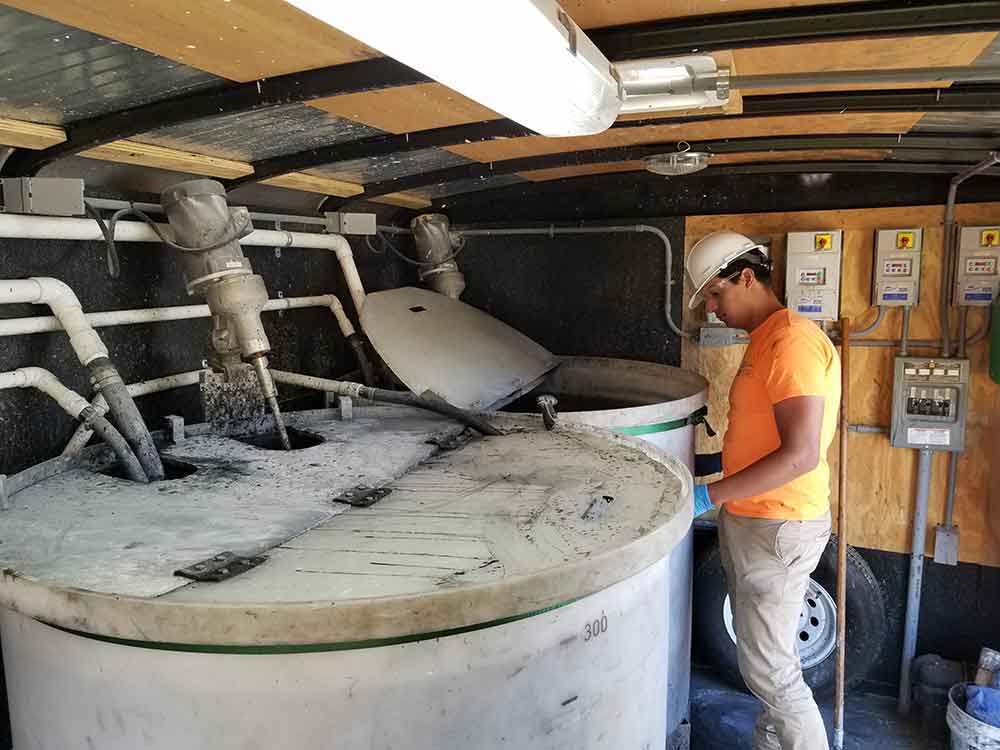
This is where EnviroForensics’ team of expert environmental scientists, geologists and engineers gets to work. Our experienced project managers and scientists then work hand-in-hand with the project stakeholders to make sure the remediation efforts are completed to the satisfaction of the stakeholders and that the property is ready for redevelopment.
Step 2: The Construction – Bringing Your Vision to Life
Construction activities can often be implemented at the same time as or shortly after the environmental cleanup work is performed. This is often the most exciting part of the process because it provides visible signs that the property is being developed through the construction or remodeling of onsite buildings.
Tip: Remember to keep all stakeholders engaged through the construction process – it can often be a dynamic and thrilling time for the project!
There may be ongoing responsibilities for the owner or tenants of the completed project, including vapor intrusion monitoring, remediation system operation, or other long-term stewardship efforts. These are often coordinated between the owner, the environmental consultant, and the regulatory agency to ensure that the occupants or users of the property will continue to be protected from exposed to any residual environmental contamination.
To learn about how a more aggressive cleanup can save you money in the long run, visit A Business Case Approach to Site Cleanup.
The road to a successful Brownfields redevelopment is a dynamic and exciting one – it’s essential that the key stakeholders are engaged and that the project goals are established during the early stages of planning to stay on course. Good planning by a well-experienced team can lead to a very rewarding project! This roadmap for Brownfields Redevelopment Success can be your guide.
For over 20 years, EnviroForensics has been turning environmental liabilities into assets®. We have the environmental expertise and knowledge of historical site coverage to partner strategically with businesses, Brownfields coordinators and developers. We help community leaders convert blighted properties into valuable community assets for redevelopment and provide better reuse planning options through long-term stewardship after the site is closed and developed. See how we applied our business model to the redevelopment of our own headquarters by reading How EnviroForensics Transformed a Brownfields Site into Their HQ.
Contact our Brownfields Redevelopment team today to see how we can revitalize your property and city.



